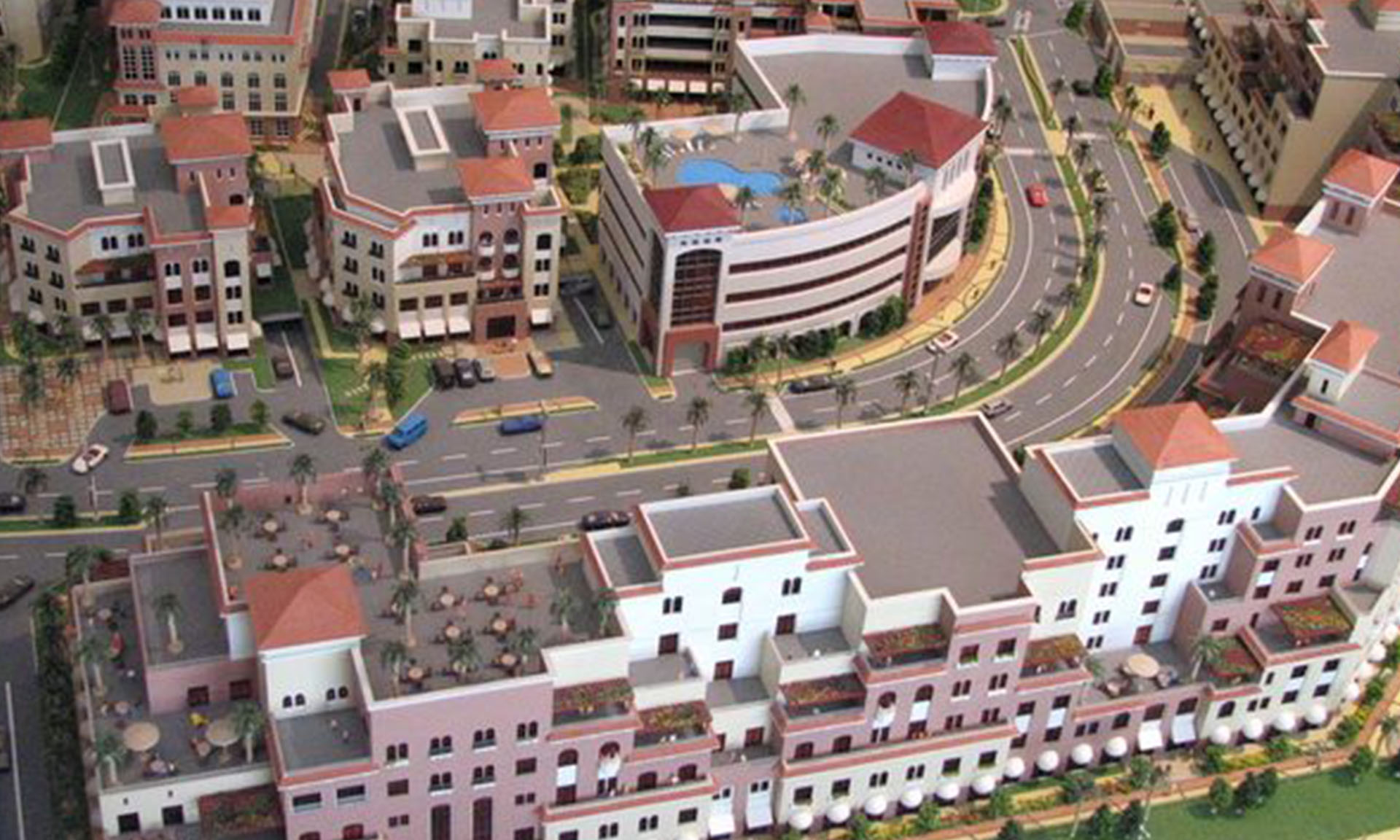
Redcon Medical Parks launches Alburouj Medical District with investment of EGP 2bn
Redcon Medical Parks launches Alburouj Medical District with investment of EGP 2bn
Redcon Medical Parks, the newly founded provider for Healthcare Real Estate Development Services in Egypt, announced the launch of its project Alburouj Medical District.
During a press conference, held in Semiramis Intercontinental, Hazem Ashry, chairman of Redcon Medical Parks and CEO of Redcon Development, said that the development of phase 1 of the medical park is under way, starting with a 11,000 sqm fully finished building.
Ashry added that these buildings set to accommodate small to medium-sized polyclinics with flexible layout independent clinics, pharmacy, wellness centre, gym, diagnostic centre, and lab, along with a lineup of restaurants and coffee shops.
He noted that the 100 polyclinics are planned to serve patients as well as practitioners already living within the project’s 30 km radius.
“The new building is part of a larger, campus-wide project with a built up area of 33,000 sqm that involves construction of three further buildings, of which one is a hospital. The other two buildings include specialised medical centres, polyclinics, and clinics, in addition to a diverse range of amenities ranging from proper parking space to coffee shops and restaurants. The first phase of the state of the Art Medical District is expected to be completed by 2020,” Ashry pointed out.
Established in 2017, Redcon Medical Parks is a subsidiary of Redcon Development, one of the companies under the leading real estate development and construction group Redcon. Redcon Medical Parks (RMP) is a full-service healthcare real estate development company established to provide needed expertise in healthcare real estate, providing services to health systems, hospitals, medical groups, and universities.
On the requirements and standards for medical office buildings, Sherif Mourad, medical director and founder of RMP, noted that the traditional medical office building, designed to accommodate unrelated tenant groups in apartment houses, may be hard-pressed to accommodate emerging treatment requirements by patients and physicians alike.
Mourad elaborates that the traditional medical office buildings typically lack appropriate spaces for affiliated, interdisciplinary physician groups, and they’re often inconvenient. Patients must travel to the medical office building, which may or may not be near a hospital, but far from home, and then make further stops for imaging, lab work, therapy, or pharmacy services.
